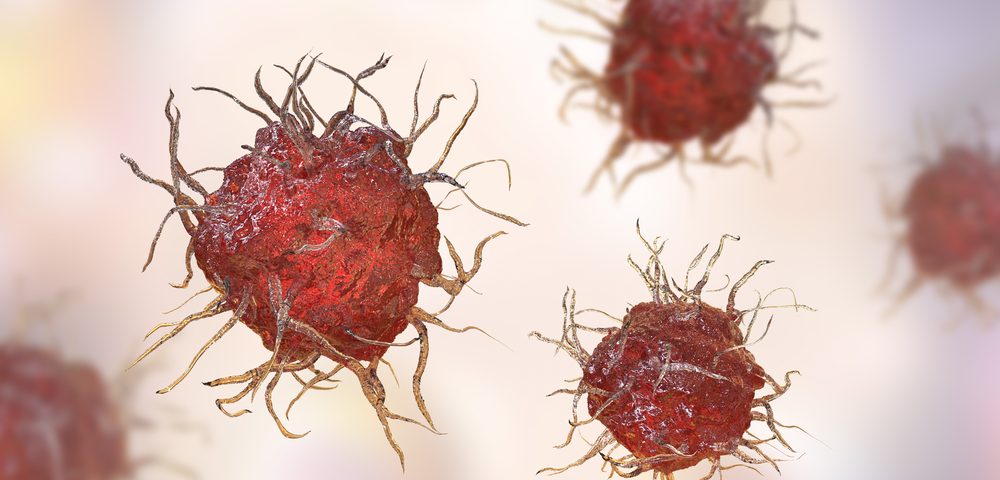The protein S100A12 can potentially be used as a biomarker for disease activity and a therapy’s effectiveness in juvenile idiopathic arthritis, a study found.
The study, “A Granulocyte-Specific Protein S100A12 as a Potential Prognostic Factor Affecting Aggressiveness of Therapy in Patients with Juvenile Idiopathic Arthritis,” was published in the Journal of Immunology Research.
Identifying new prognostic biomarkers that can help determine how a patient performs long-term is an important goal in the care of patients with juvenile idiopathic arthritis (JIA). New biomarkers of disease activity and potential response to treatment will be key in establishing new therapeutic plans in accordance with the “treat to target” strategy.
The “treat to target” concept is an innovative approach in which the aggressiveness of treatment should be associated with the therapeutic goal, which may be determined as clinical remission off medication or, if that does not seem achievable, as at least minimal disease activity.
One of the most studied proteins is called S100A12, which is an alarmin (a protein that signals tissue and cell damage) that is specific for granulocytes (which include immune cells that are involved in autoimmunity). S100A12 is considered a marker of their activity.
Therefore, authors conducted a study to determine whether they can reliably measure S100A12 levels in JIA patients in everyday practice of the pediatric rheumatologist.
Their objective was to assess the clinical significance of S100A12 as a diagnostic biomarker of JIA and prognostic indicator of increasing disease activity within a three-month period.
The study included 80 patients diagnosed with JIA. In 53 cases, blood samples were obtained at two time points in order to evaluate dynamics of serum S100A12 concentrations.
Results from the study group were compared to 29 age- and sex-matched healthy subjects.
Results indicated that the serum S100A12 levels were higher in JIA patients (mean of 11.67 ng/ml) compared to healthy controls (mean of 6.01 ng/ml) at baseline.
Interestingly, there were no significant differences in S100A12 values among the different subtypes of JIA. However, the highest concentrations of S100A12 were observed in patients with a disease flare.
S100A12 levels also did not vary with use of glucocorticosteroids, a common treatment for JIA.
S100A12 was found to be an efficient diagnostic biomarker for JIA patients with 100% specificity, using a cutoff level of 10.73 ng/ml.
Additionally, S100A12 is an efficient indicator of exacerbations within a three-month period with 100% sensitivity when using a cutoff level of 5.48 ng/ml.
“S100A12 may become an important factor influencing decisions on aggressiveness of JIA therapy. Further elaboration on the clinical algorithm is necessary for that protein to be included in everyday practice,” the authors stated.

